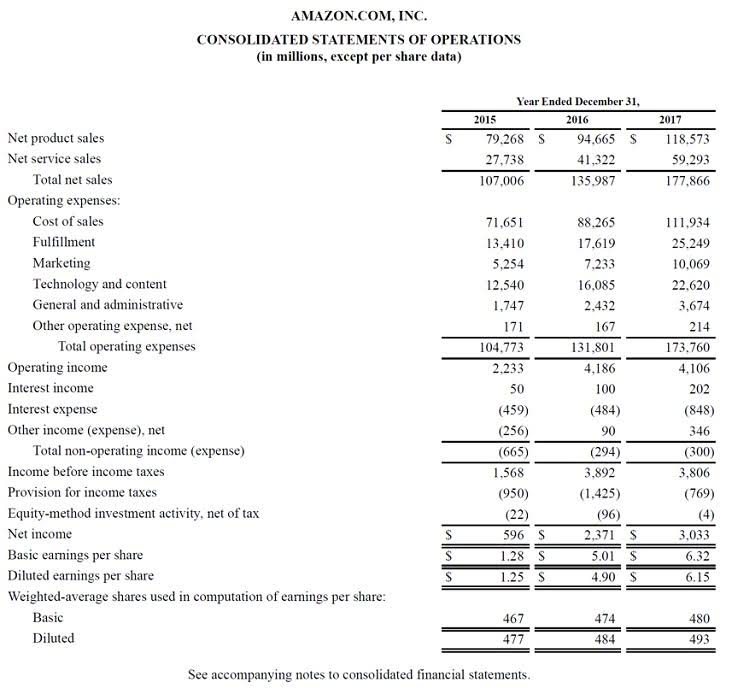Retained earnings debit or credit?

The negative net income affects the retained earnings account by reducing it. Another factor that affects the balance of the retained earnings account is the declaration of distributions that are paid to the company’s shareholders. For 25 years I observed college students struggling with the bookkeeping and accounting terms “debit” and “credit”. They easily memorized that asset accounts should normally have debit balances, and those debit balances will increase with a debit entry and will decrease with a credit entry.
Example 3: Closing the Income Summary Account
Alternatively, if it is to correct the understatement of prior period net income, the company will credit the retained earnings in the journal entry instead. Retained earnings play a vital does retained earnings have a credit balance role in a company's financial health, providing insight into its profitability, growth potential, and ability to reinvest in itself. By understanding the concepts and calculations related to retained earnings, businesses can better manage their financial resources and ensure long-term success. Whether you're an accountant, investor, or business owner, grasping the intricacies of retained earnings is key to making informed financial decisions. If a company's retained earnings are less than zero, it is referred to as an accumulated deficit.
Pertinent Facts Relating to Debits and Credits

The Retained Earnings account is credited to reflect the addition of the net income for the year. Retained Earnings (liability) are Credited (Cr.) when increased & Debited (Dr.) when decreased. An account in the general ledger, such as Cash, Accounts Payable, Sales, Advertising Expense, etc.

Free Course: Understanding Financial Statements

Retained Bookkeeping for Consultants earnings show a credit balance and are recorded on the balance sheet of the company. The balance sheet accounts are referred to as permanent because their end-of-year balances will be carried forward to the next accounting year. Also, keep in mind that the equation you use to get shareholders’ equity is the same you use to get your working capital.
- Retained earnings can typically be found on a company’s balance sheet in the shareholders’ equity section.
- Since you’re thinking of keeping that money for reinvestment in the business, you forego a cash dividend and decide to issue a 5% stock dividend instead.
- After reviewing the feedback we received from our Explanation of Debits and Credits, I decided to prepare this Additional Explanation of Debits and Credits.
- They easily memorized that asset accounts should normally have debit balances, and those debit balances will increase with a debit entry and will decrease with a credit entry.
- Accounts are the bookkeeping or accounting records used to sort and store a company’s transactions.
- In the same period, the company issued $2.82 of dividends per share, while the total earnings per share (diluted) was $18.32.
Why is Starbucks retained earnings negative?
OCI represents the balance between net income and comprehensive income. The trial balance is a list of all accounts used by a company, including debit and credit balances. After the adjusting entries have been completed, the adjusted trial balance is complete. This trial balance contains all of the final accounts’ balances and is used to prepare financial statements. Retained earnings are the portion of a company's net income that management retains for internal operations instead of paying it to shareholders in the form of dividends. In short, normal balance retained earnings are the cumulative total of earnings that have yet to be paid to shareholders.
A simple guide to accounting, recordkeeping, and taxes for property management businesses. Retained earnings provide a much clearer picture of your business’ financial health than net income can. If a potential investor is looking at your books, they’re most likely interested in your retained earnings. Let’s say that in March, business continues roaring along, and you make another $10,000 in profit. Since you’re thinking of keeping that money for reinvestment in the business, you forego a cash dividend and decide to issue a 5% stock dividend instead. Calculating retained earnings after a stock dividend involves a few extra steps to figure out the actual amount of dividends you’ll be distributing.
It's important to differentiate between retained earnings and cash flow. Retained earnings represent accumulated profits, while cash flow reflects the actual inflows and outflows of cash during a period. Positive retained earnings do not necessarily mean positive cash flow, as they include non-cash items like depreciation. Retained earnings are a powerful financial tool that allows companies to reinvest in themselves, reduce debt, and build reserves for the future. Effectively managing retained earnings is essential for long-term success. Any item that impacts net income (or net loss) will impact the retained earnings.
Understanding retained earnings debit or credit
- This includes making necessary journal entries to reflect changes in retained earnings, such as adjustments for net income or dividend payments.
- Only balance sheet accounts are included in the post-closing trial balance.
- Retained Earnings are credited with the Net Profit earned during the current period.
- The cost of the asset is then spread over the useful lifespan of the assets and accounted for as depreciation.
- Since the purpose of the contra account is to be offset against the balance on another account, it follows that the normal balance on the contra account will be the opposite of the original account.
Some of the accounts will have titles such as Cash, Accounts Receivable, Inventory, Equipment, Accounts Payable, Common Stock, Sales, Wages Expense, Rent Expense, Interest Expense, and perhaps hundreds more. At the end of the period, you can calculate your final Retained Earnings balance for the balance sheet by taking the beginning period, adding any net income or net loss, and subtracting any dividends. Other income is income that does not come from a company’s main business, such as interest.




